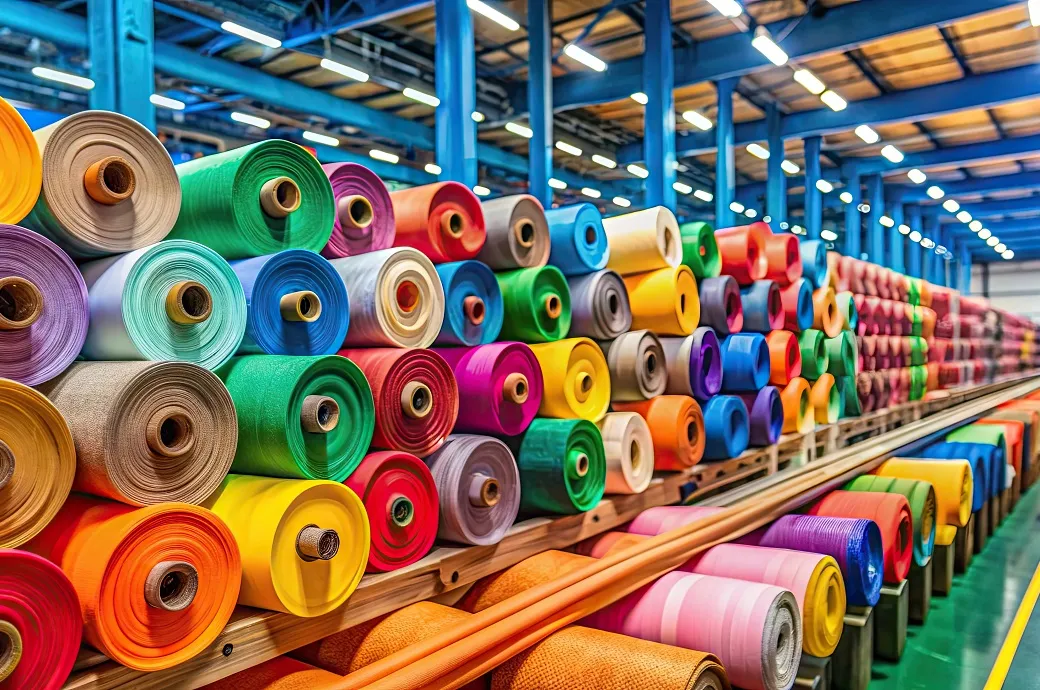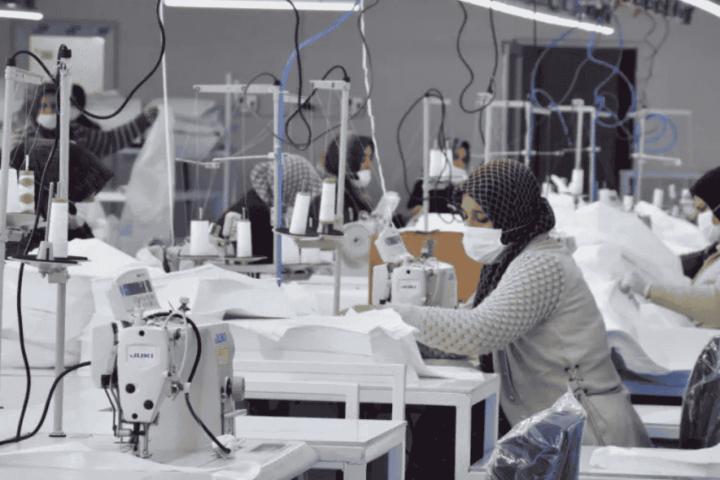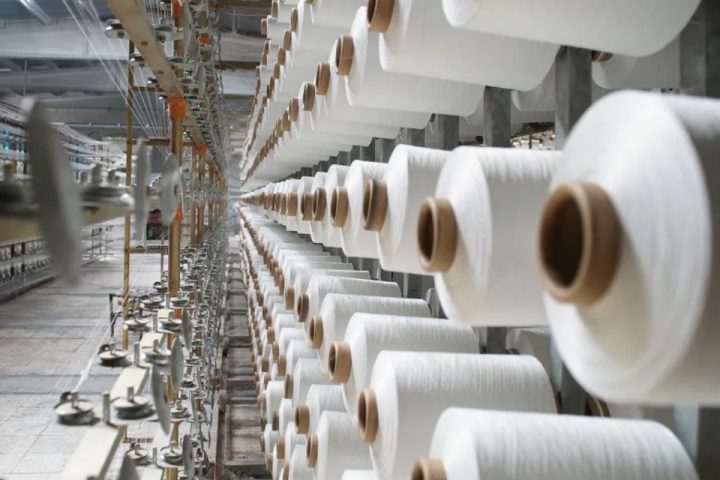In 2025, the textile industry will be profoundly shaped by automation, digital tools, and a focus on sustainability. As fabric quality control evolves, businesses must adapt to new technologies, ethical standards, and consumer expectations. Ensuring fabric quality and compliance involves embracing innovation, maintaining transparency, and continually improving processes.
1. The Future of Textile Quality Control
By 2025, fabric quality control will transition to highly automated systems, allowing for real-time monitoring of production processes. This shift will increase the accuracy, efficiency, and consistency of fabric manufacturing. Real-time data analysis will enable manufacturers to predict and address potential defects before they become issues. AI-powered systems will become integral, providing detailed analytics for every production stage and streamlining the quality management process. As consumers demand higher-quality, more sustainable products, manufacturers will need to comply with stricter regulations, making automated and tech-driven quality control indispensable.
2. Advanced Raw Material Testing Technologies
The first step in fabric quality is ensuring the raw materials meet the highest standards. In 2025, advanced raw material testing technologies such as hyperspectral imaging and near-infrared (NIR) spectroscopy will become industry standards. These techniques will enable manufacturers to test fibers and materials quickly and with great precision. AI-driven platforms will analyze data from these tests, improving consistency and minimizing human error. Blockchain will also play a role in raw material traceability, allowing manufacturers to guarantee the source and sustainability of their materials. These innovations ensure that only the highest-quality materials enter the production process, which is essential for maintaining compliance with emerging global regulations.
3. Intelligent Production Process Control
Intelligent production control will be a game-changer in the textile industry by 2025. Through the integration of the Internet of Things (IoT) and Industrial IoT (IIoT), production processes will become more efficient and reliable. Sensors will monitor every aspect of production, from temperature and humidity to tension and dye application. Real-time data will be analyzed to adjust processes instantaneously, ensuring consistency and quality. Additionally, AI will predict and prevent potential machine failures through predictive maintenance, reducing downtime and preserving the integrity of the production process. This intelligent approach to production control will significantly reduce the chances of defects and improve overall fabric quality.
4. Utilizing Advanced Technology for Process Quality Control
The integration of advanced technologies like AI, augmented reality (AR), and cloud-based quality management systems will be essential for process quality control. Sensors embedded throughout the production line will detect defects such as fabric irregularities, color inconsistencies, and stitching issues in real-time. AI will analyze these signals to immediately trigger corrective actions, ensuring that issues are addressed before they reach the final product. Augmented reality will assist workers with virtual guides and on-the-spot troubleshooting, improving efficiency and accuracy. Cloud-based systems will provide centralized access to quality data, enabling teams to collaborate and act faster. This level of connectivity and automation will be crucial in ensuring compliance and achieving high-quality standards.
5. Comprehensive Final Inspection and Testing
By 2025, the final inspection and testing of fabrics will become more accurate and efficient, thanks to advancements in non-destructive testing (NDT) methods. Technologies such as ultrasonic testing, laser scanning, and high-resolution imaging will allow for in-depth inspection without damaging the fabric. AI-powered visual inspection systems will conduct 100% checks, identifying even the most minor defects in fabric texture or finish. Chemical testing, such as advanced spectroscopy, will ensure that dyes, finishes, and chemicals used in production comply with international safety standards. Automated final inspection will reduce human error, speed up the process, and guarantee that only top-quality fabrics reach the market.
6. Quality Management Systems in the Digital Age
In 2025, quality management systems (QMS) will become fully integrated into the manufacturing ecosystem. These digital systems will provide a holistic view of production quality, from raw material sourcing to final inspection. Artificial intelligence, machine learning, and predictive analytics will be integrated into QMS to help manufacturers monitor real-time data, anticipate defects, and enhance decision-making. This shift towards a fully digital quality management system will streamline compliance with industry standards, reduce costs, and improve overall fabric quality. Manufacturers will also be able to automate certifications and reporting, easing the audit process and ensuring timely compliance with global regulations.
7. Addressing Emerging Quality Challenges
The textile industry faces an increasing number of challenges, including sustainability concerns, stricter regulations, and growing consumer demands for transparency. By 2025, addressing these challenges will require advanced quality control methods. Sustainability will be at the forefront, with manufacturers adopting eco-friendly materials, processes, and technologies. Big data analytics will help identify potential risks before they materialize, allowing companies to mitigate quality issues proactively. Additionally, tighter regulations on chemical use and labour practices will force manufacturers to ensure compliance not only with product quality but also with environmental and social standards. Companies that can adapt to these emerging challenges will gain a competitive advantage in the market.
8. Skills and Training for Future Textile Quality Control Professionals
As the textile industry embraces digital transformation, the skill set required for quality control professionals will evolve. In 2025, quality control workers will need to be proficient in digital tools and technologies such as AI, IoT, and data analytics. Training programs will need to evolve to include certifications in sustainability practices, digital quality management systems, and advanced testing technologies. Continuous professional development will be essential to keep up with the rapid changes in manufacturing processes. By equipping workers with the skills needed to operate and manage new technologies, textile manufacturers will ensure that they can meet the rising standards of quality and compliance.
Final Thought
The future of fabric quality control lies in adaptability, innovation, and the strategic use of technology. As we approach 2025, textile manufacturers must embrace automation, digital transformation, and ethical practices to meet rising expectations. Investing in advanced quality control tools, upgrading workforce skills, and integrating sustainability into quality protocols will not only ensure compliance but also create a competitive advantage. By fostering a culture of continuous improvement and technological adoption, the textile industry can deliver consistent, high-quality products that meet the demands of the modern global market. For manufacturers looking to stay ahead, companies like Vigour Impex demonstrate the value of aligning innovation with quality and compliance. The time to act is now. Those who lead the change will shape the future of textile manufacturing







